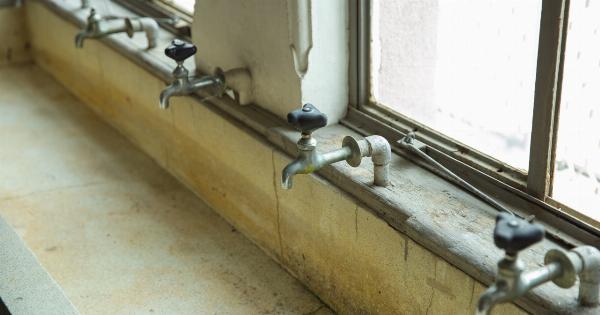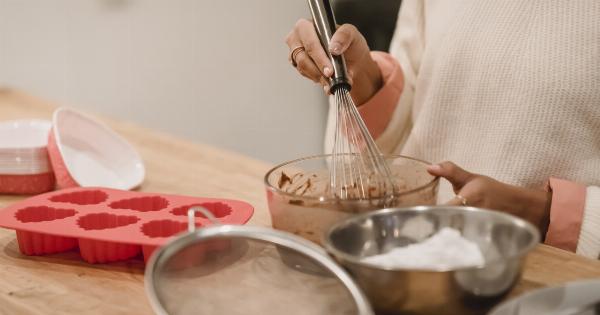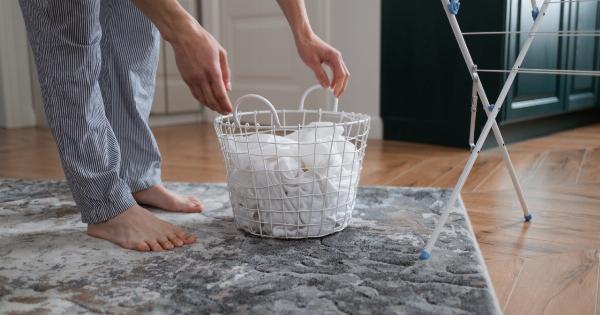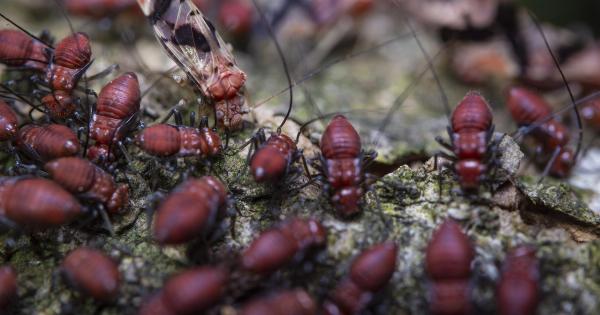Having mold in your home can be a serious issue. Not only does it affect the overall appearance of your house, but it can also have adverse effects on your health. Mold can cause allergies, respiratory problems, and even asthma attacks.
Therefore, it is crucial to identify and address mold growth as soon as possible. In this article, we will discuss how to spot mold in your home, so you can take appropriate measures to mitigate its impact.
1. Musty Odor
Mold has a distinctive musty smell, often described as earthy or damp. If you notice an unpleasant odor that doesn’t go away even after thoroughly cleaning your home, it may be an indication of hidden mold growth.
Pay attention to areas prone to moisture, such as basements, bathrooms, or crawl spaces.
2. Visible Signs
Mold can often be seen with the naked eye. Look out for dark spots or patches on walls, ceilings, or floors. Check corners, around windows, and behind furniture as these are common areas where mold tends to thrive.
Sometimes, mold may appear fuzzy, slimy, or have a powdery texture.
3. Water Leaks
If you have experienced water leaks or flooding in your home in the past, there is a high chance of mold growth. Even small leaks, if left unaddressed, can create a moist environment perfect for mold spores to develop.
Inspect areas around pipes, roofs, windows, and any other potential sources of water intrusion.
4. High Humidity
Mold thrives in humid environments. If your home has high humidity levels, it becomes a breeding ground for mold. Use a hygrometer to measure the humidity in your home. Ideally, the humidity should be below 50%.
To control humidity, consider using dehumidifiers, ensuring proper ventilation, and fixing any moisture-related issues.
5. Allergic Reactions
Keep an eye out for any allergic reactions you or your family members may experience. Symptoms such as sneezing, coughing, itchy eyes, or skin rashes that worsen when you are at home could be an indication of mold presence.
If your symptoms improve when you leave the house, it is essential to investigate further.
6. Condensation
Condensation on windows, mirrors, or cold surfaces is a sign that moisture is present. Excessive condensation can lead to mold growth if not addressed promptly.
Install proper insulation and consider using airtight seals on windows and doors to reduce condensation.
7. Peeling Paint or Wallpaper
Mold can cause paint or wallpaper to bubble, peel, or crack. If you notice such signs in your home, it is crucial to investigate the underlying cause.
Mold growth behind walls can go unnoticed for extended periods, leading to further damage and potential health risks.
8. Respiratory Issues
Mold can significantly impact your respiratory system. If you or your family members experience persistent coughing, wheezing, or difficulty in breathing, it might be due to mold exposure.
Consult a healthcare professional if these symptoms persist or worsen.
9. Stains on Ceilings or Walls
Stains on ceilings and walls can be a result of water damage, and where there’s water damage, there’s a possibility of mold growth. Do not ignore any discoloration, as it could be an early warning sign.
Investigate the source of the stains to prevent further mold development.
10. Unusual Patterns of Illness
In some cases, mold presence may lead to unusual patterns of illness among family members or pets.
Recurrent sinus infections, frequent respiratory illnesses, or unexplained allergic reactions could be an indication that mold is affecting your household. Connect the dots and consider professional mold testing to confirm your suspicions.
By being vigilant and proactive, you can spot mold growth in its early stages, enabling you to take swift action and prevent further damage.
Keep in mind that some molds may be hazardous to your health, and it is best to consult professionals for removal and remediation if extensive growth is present. Protect your home and your loved ones from the harmful effects of mold!.




























